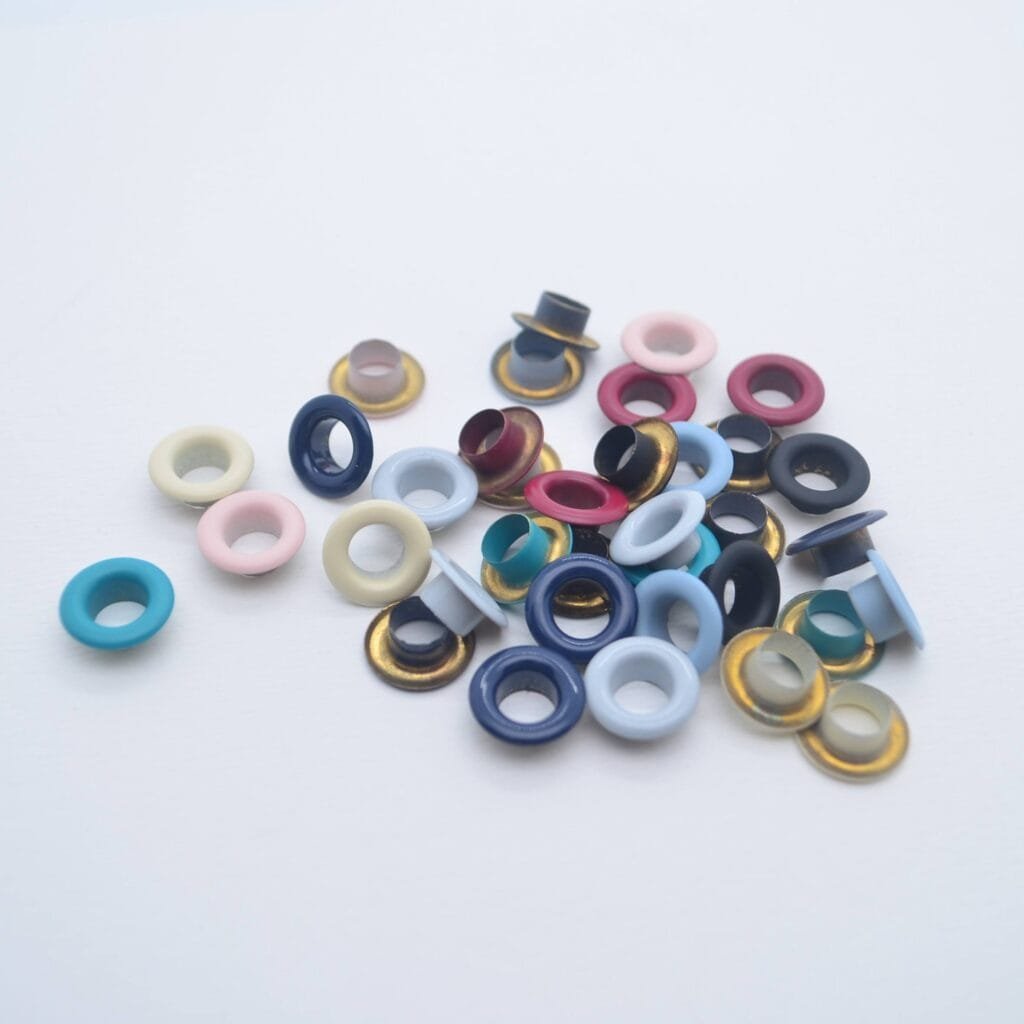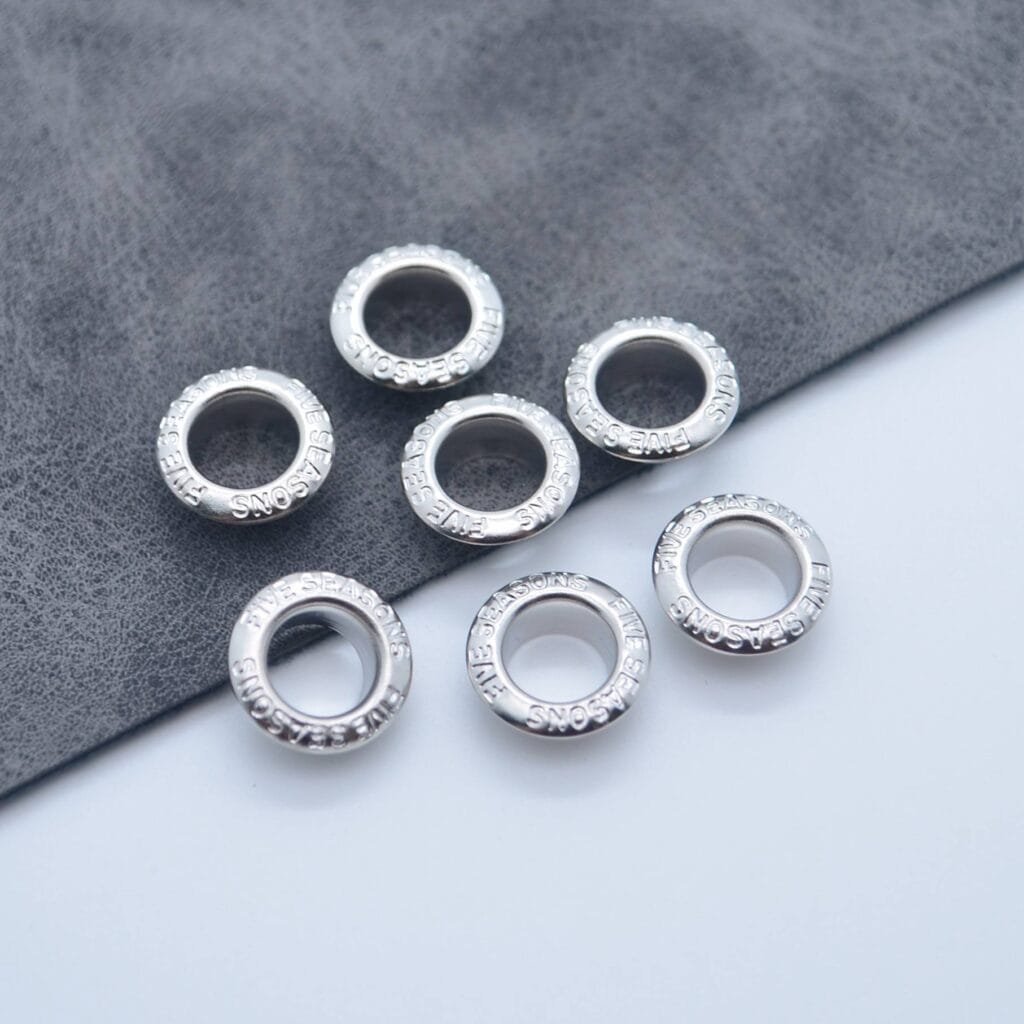تاريخ
كانت المسامير الأولى عبارة عن أوتاد صغيرة مصنوعة من الخشب أو العظام، وربما كانت أقدم أشكال المعادن هي أسلاف المسامير التي نعرفها اليوم. إنها، بلا شك، أقدم طريقة معروفة لربط المعادن، وتعود إلى أقدم استخدام للمعادن القابلة للطرق، مثل المصريين في العصر البرونزي الذين ربطوا معًا أشكال المروحة الخشبية الستة على الجانب الخارجي من عجلة مشقوقة، أو اليونانيين الذين ربطوا الأجزاء معًا بعد صب التماثيل الكبيرة بنجاح من البرونز.
تم اختراع البرشام المجوف في الغالب لتصنيع أو صيانة معدات تسخير الخيول. ليس من الواضح تمامًا متى تم اختراع البرشام المجوف، لكن تسخير الخيول تم اختراعه في القرن التاسع أو العاشر. مثل الحوافر المرصعة بالمسامير، حررت تسخير الخيول العبيد من العمل الشاق، وأدت المسامير إلى العديد من الاختراعات المهمة، مثل الكماشة الحديدية لعمال النحاس والحديد والمقصات لرعي الصوف.
عندما حصل Hv White من شركة الطائرات البريطانية على براءة اختراع لأول مرة للمسامير البرشامية التي يمكن تثبيتها بمسامير برشام أحادية الجانب في عام 1916، لم يكن من المتوقع أن تنتشر على نطاق واسع اليوم. من صناعة الطائرات إلى الآلات المكتبية والمنتجات الإلكترونية ومعدات الملاعب، يمكن القول إن المسامير البرشامية أصبحت طريقة اتصال ميكانيكية فعالة ومستقرة.

في السنوات الأخيرة، تم استخدام الفولاذ منخفض الكربون على نطاق واسع في تصنيع الهندسة الميكانيكية وإنتاج الألعاب بسبب خصائصه المتمثلة في نقاء الفولاذ العالي، والتصلب البارد الصغير، وقابلية التشكيل الجيدة بالسحب العميق، والصلابة العالية، ومقاومة التآكل والسلامة الجيدة.
العملية الأساسية لتصنيع البرشام المجوف هي كما يلي: مادة القرص - التخليل، الفسفرة، التصبين، التجفيف - السحب البارد - إعادة التبلور التلدين - السحب الدقيق - صب البثق على آلة التشكيل البارد متعددة المحطات (بما في ذلك القطع والانزعاج والتجويف) - طلاء النيكل السطحي أو الجلفنة - اختبار "الخدش" - التعبئة والتغليف والتخزين. في اختبار "التوهج" (أي الاختبار الذي يحاكي حالة تثبيت البرشام المجوف)، يتم ضغط الجزء المجوف من البرشام لإنتاج التمدد والتشكيل. عملية التشكيل تشبه عملية التوسيع والتشكيل للصفائح الرقيقة. الحافة الخارجية للجزء المجوف لها أكبر قوة وتشوه، وبالتالي فإن أداء صب المادة مرتفع للغاية. عند التشكيل، تحدث أحيانًا شقوق في التشكيل والانزعاج وعيوب أخرى.
(1) هناك خمسة أنواع من العيوب في التشكيل البارد لبرشام الفولاذ منخفض الكربون للغاية: الشقوق المزعجة، شقوق الحواف، الشقوق السفلية، شقوق الانزلاق والشفاه غير المكتملة.
(2) يجب أن تتحكم عملية الإنتاج بشكل أساسي في درجة حرارة تسخين السبيكة المنخفضة (1150 ~ 1 200 ℃) والتحكم الصارم في درجة حرارة دوران السلك لقضيب السلك عند 910 ~ 930 ℃، بحيث يكون لقضيب السلك النهائي حجم حبيبات معتدل، الدرجة 6 ~ 6.5 مناسبة؛ تحسين جودة سطح قضيب السلك.
(3) من حيث استخدام المواد، يجب تحسين أداء تشكيل التصلب البارد للمواد عن طريق ضبط تشوه السحب واعتماد عملية التلدين المقابلة في العملية المناسبة، وذلك لتقليل أو القضاء على عيوب تشكيل التصلب البارد مثل تشقق الحواف والانزعاج السفلي والتصلب غير المكتمل.


